Be Quiet!, the German specialist known for prioritizing acoustic performance in computer components, has cultivated a devoted following among builders who value silent operation without sacrificing reliability. Since their establishment, the company has maintained a philosophy that computing need not be intrusive, developing products that disappear into the background through thoughtful engineering and meticulous attention to noise profiles.
The System Power 11 550W positions itself as the entry point to Be Quiet!'s power supply lineup, targeting budget-conscious builders who still expect fundamental quality and quietness. We took a closer look to see if this budget-friendly PSU can compete against the best power supplies in its category. This unit adheres to the modern ATX 3.1 specification and delivers 80 Plus Bronze efficiency certification, promising respectable energy conversion while remaining accessible to mainstream builders. At its retail price of approximately $60 or 50€, the System Power 11 faces fierce competition from established players, making its value proposition dependent on execution quality and the inclusion of forward-looking features like native PCIe 5.1 support.
Specifications and Design
Swipe to scroll horizontally
RAIL | +3.3V | +5V | +12V | +5Vsb | -12V |
MAX OUTPUT | 20A | 20A | 45.83A | 3A | 0.3A |
| Row 2 - Cell 0 | 120W | 120W | 550W | 15W | 3.6W |
TOTAL | 550W | Row 3 - Cell 2 | Row 3 - Cell 3 | Row 3 - Cell 4 | Row 3 - Cell 5 |
AC INPUT | 100 - 240 VAC, 50 - 60 Hz | Row 4 - Cell 2 | Row 4 - Cell 3 | Row 4 - Cell 4 | Row 4 - Cell 5 |
MSRP | $70 | Row 5 - Cell 2 | Row 5 - Cell 3 | Row 5 - Cell 4 | Row 5 - Cell 5 |
In the Box
The Be Quiet! System Power 11 is supplied in a cardboard box featuring the company's characteristic all-black theme, with the front panel dominated by an image of the power supply itself. Inside, a protective nylon pouch and foam inserts provide adequate protection during shipping.
The included accessories take an absolutely minimal approach, containing only the essential mounting screws and standard AC power cable. Be Quiet! has not included any cable management accessories, zip ties, documentation beyond basic specifications, or other supplementary items.
The power supply features completely hardwired cables throughout, a design decision that has become increasingly uncommon in the modern power supply landscape where modular connectivity has penetrated even budget segments. All cables employ an all-black color scheme with flat, ribbon-like wires and black connectors. Most cables lack any exterior sleeving, though the ATX and PCIe 5.1 connectors receive black nylon sleeving that forms a more traditional circular cable profile.
Of particular interest is the inclusion of a 12V-2x6 connector, demonstrating Be Quiet!'s commitment to forward compatibility despite the unit's budget orientation. However, this connector carries a significant caveat: its power output is limited to 300 watts rather than the 600-watt maximum that the PCIe 5.1 specification theoretically allows. This restriction means the connector will work adequately with potentially with more power-efficient future GPUs, but high-end graphics cards requiring substantial power delivery will be limited by its capabilities. The connector selection also includes only a single Molex connector, which may prove limiting for builders with older peripherals or specialized cooling equipment.
Swipe to scroll horizontally
ATX 24 Pin | 1 | - |
EPS 4+4 Pin | 1 | - |
EPS 8 Pin | - | - |
PCI-E 5.0 | 1 | - |
PCI-E 8 Pin | 2 | - |
SATA | 5 | - |
Molex | 1 | - |
Floppy | - | - |
External Appearance
Be Quiet! kept things aesthetically simple and functional with the System Power 11. The chassis adheres precisely to the ATX standard's 140mm length specification, ensuring universal compatibility with any ATX-compliant case without clearance concerns. The unit receives a satin black chassis finish that provides an attractive appearance while remaining neutral enough to complement virtually any build theme. However, this particular coating proves somewhat prone to smudges and fingerprint marks, requiring a bit of care after handling. A decorative logo is subtly embossed on the right side of the unit.
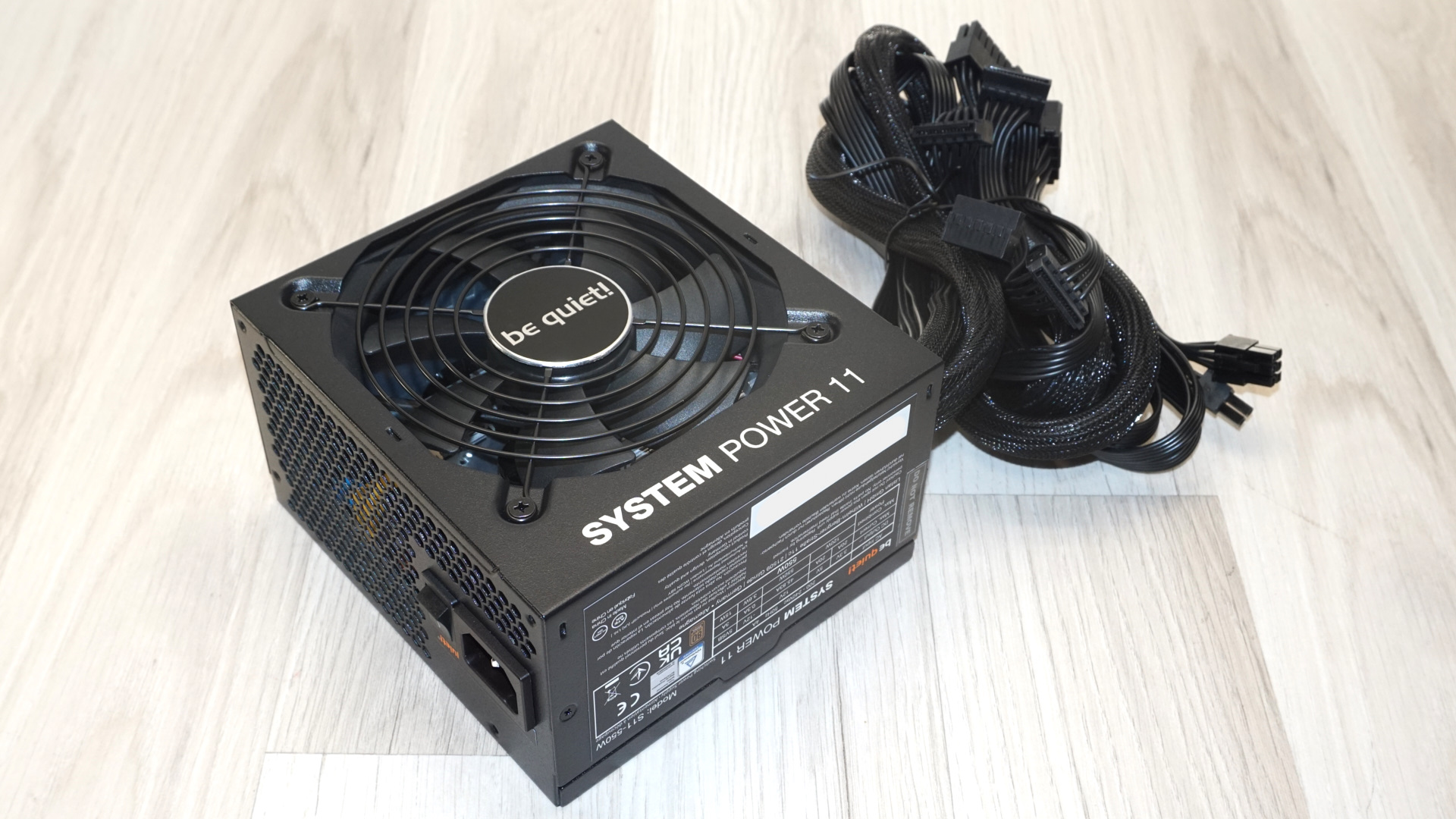
The front panel employs the expected minimalist approach, featuring only the standard AC power receptacle and rocker-style power switch. The completely hardwired design results in a plain rear panel devoid of any modular connectors. The electrical specifications and certifications label covers the left side of the unit. The top surface remains completely flat and free of decorative elements.
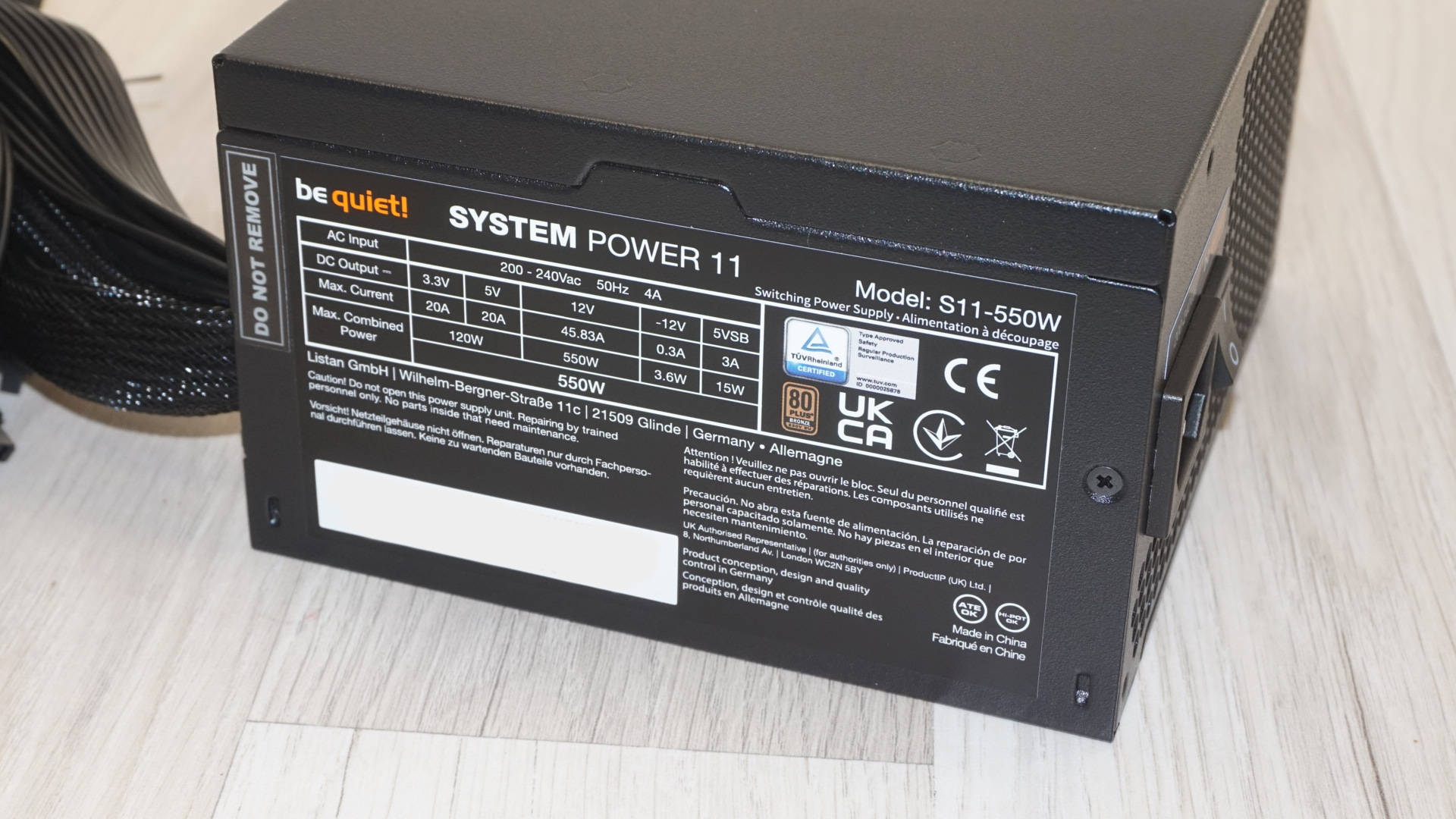
The fan guard integrates a typical circular wire guard design, with a large company logo decorating its center and the series branding prominently printed beneath. This approach balances functional characteristics with simplistic, yet tasteful branding that avoids the excessive RGB lighting and aggressive styling.
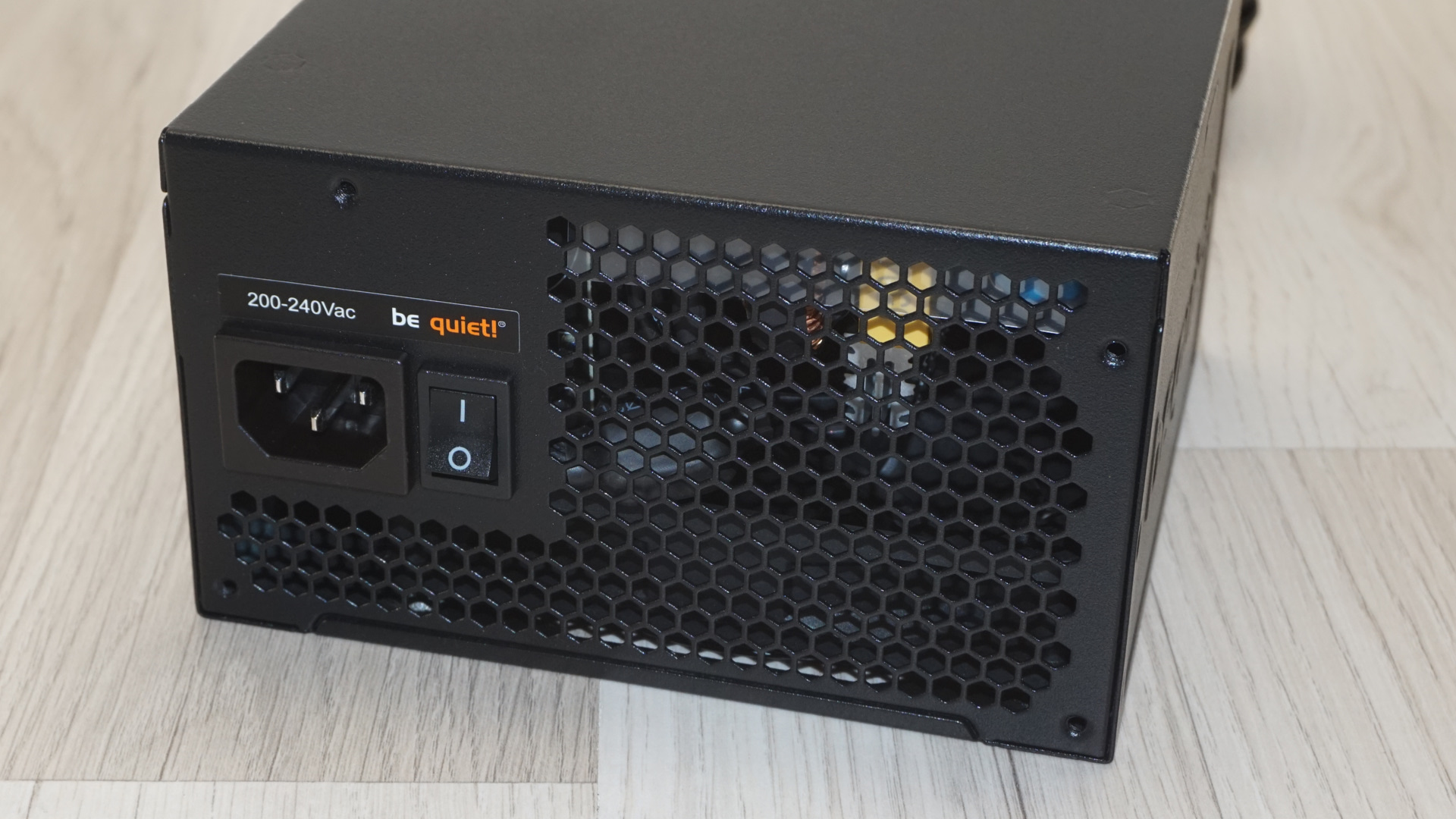
Internal Design
A Yate Loon D12SM-12 120mm fan equipped with a sleeve bearing system is responsible for the active cooling of this unit. Yate Loon represents a well-established manufacturer in the cooling industry with a proven track record spanning decades, instilling confidence in the component selection despite the budget nature of the unit. However, sleeve bearings represent a cost-conscious choice that prioritizes quiet operation over ultimate longevity. While sleeve bearings operate more quietly than ball bearing alternatives under normal conditions, they prove more susceptible to wear under sustained high-temperature operation and may exhibit reduced lifespan in demanding thermal environments or systems with poor ventilation. The fan carries a maximum rotational speed of 1650 RPM, which proves perfectly adequate for a power supply with this output level and should provide sufficient airflow without becoming excessively loud.
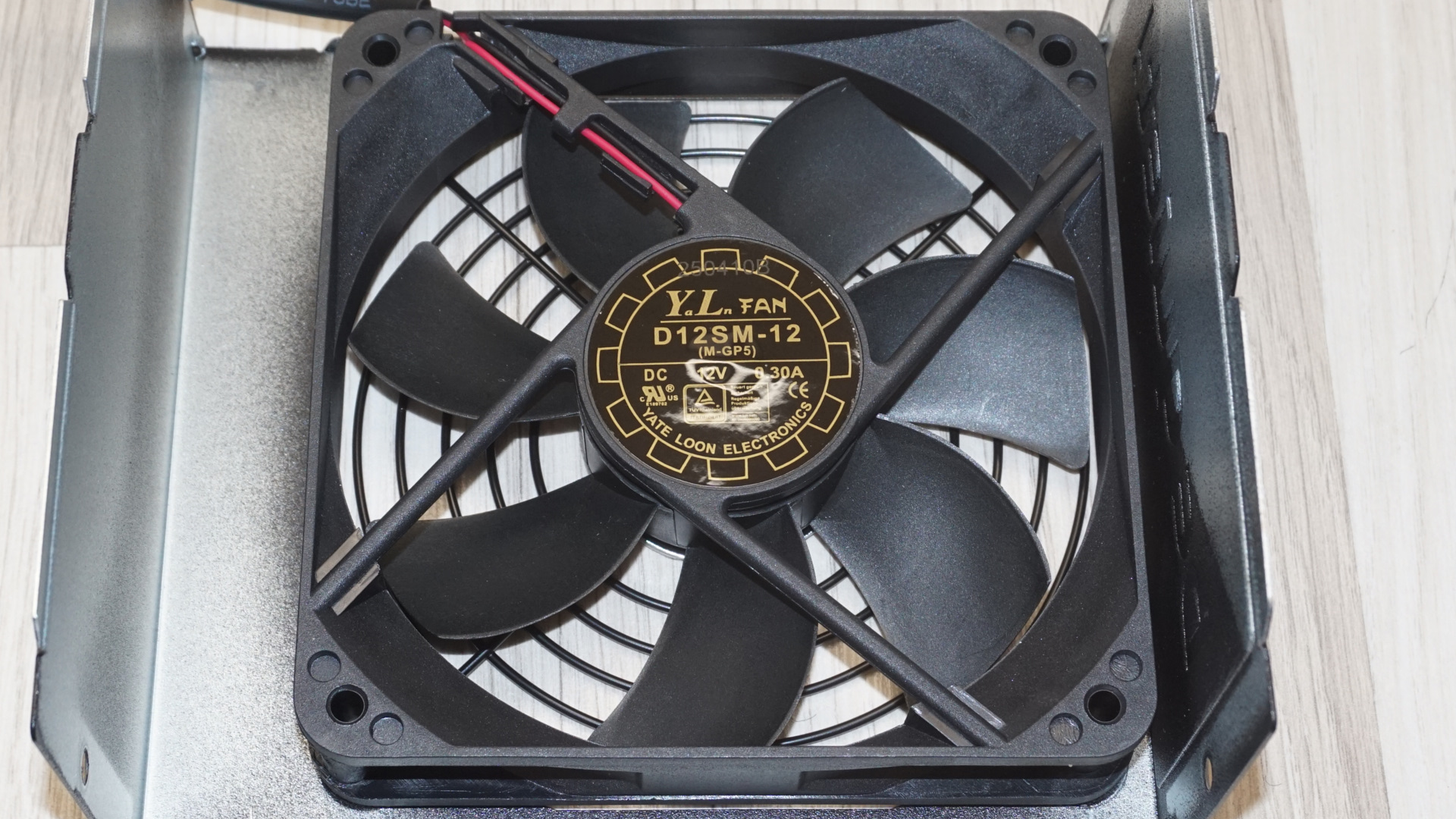
The original equipment manufacturer behind the System Power 11 is Heroichi, also known as HEC or Compucase. This revelation carries significant weight, as HEC represents one of the oldest participants in the power supply manufacturing field, having been founded in 1979. Their longevity in this competitive industry speaks to fundamental competence and manufacturing capability. However, the platform used for the System Power 11 appears to be a subtle refinement of HEC's older Bronze-level design that has been in circulation for well over a decade. This aged architecture brings both advantages and disadvantages: proven reliability and known characteristics balanced against the absence of modern innovations that newer platforms incorporate.
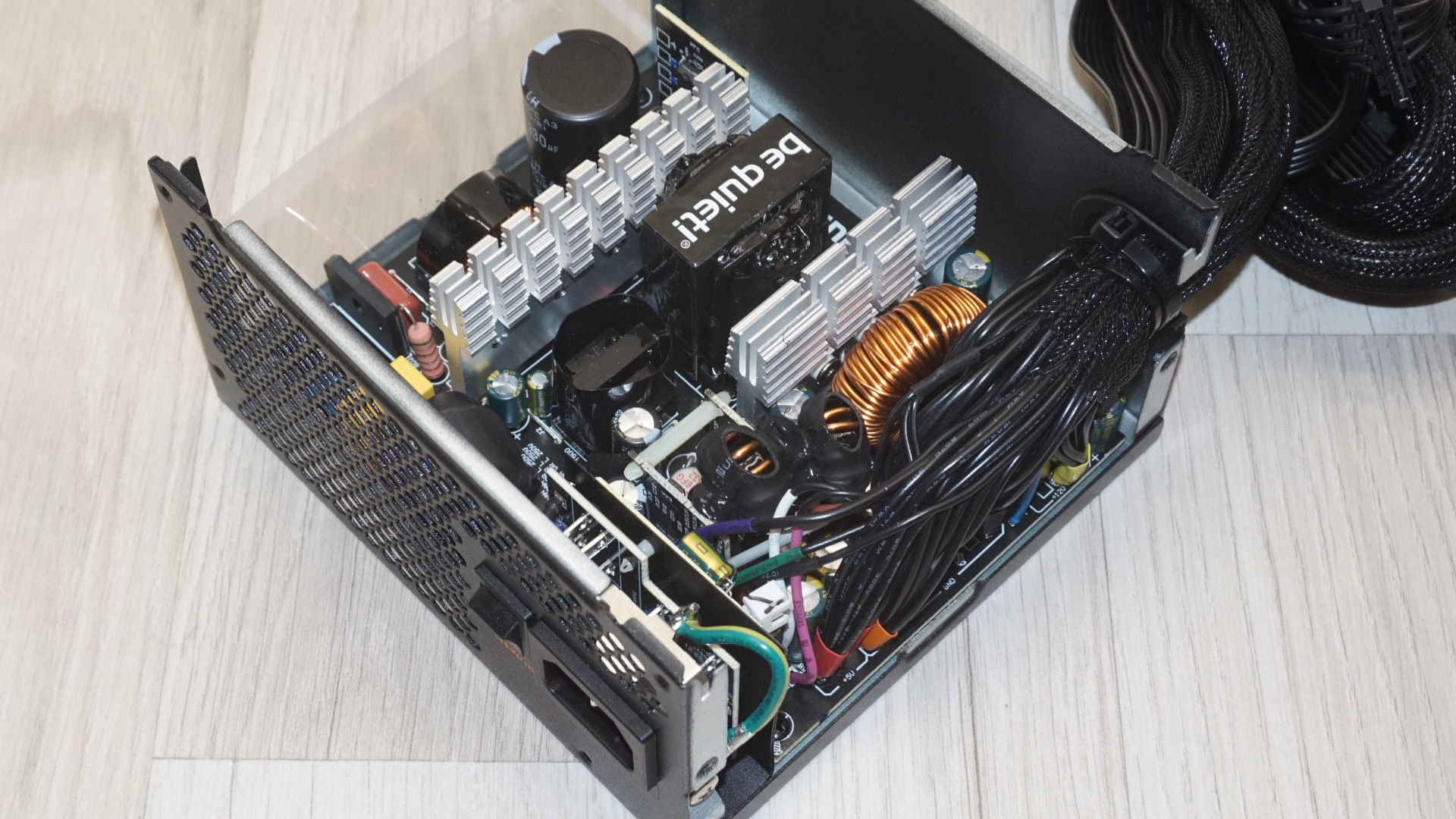
The input filtering stage implements a very basic configuration utilizing just two Y capacitors, two X capacitors, and two filtering inductors. A single rectifying bridge handles AC-to-DC conversion, and interestingly, it lacks a dedicated heatsink of its own, relying instead on convective cooling alone.
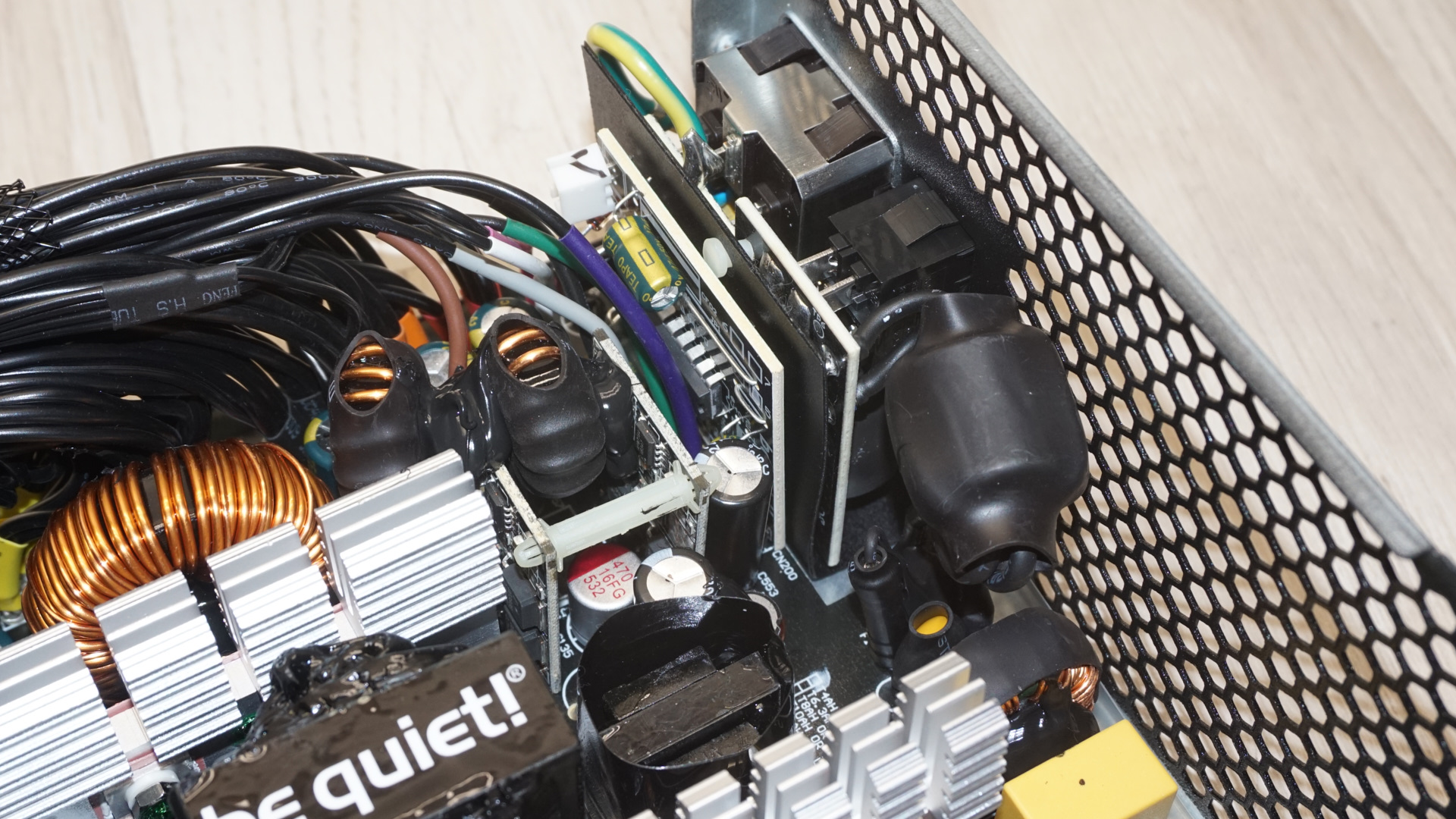
The Active Power Factor Correction (APFC) circuitry and primary inversion stage share a common heatsink, a space-saving design approach that proves adequate given the modest power output. The active components of the APFC stage consist of two GPT13N50DG MOSFETs paired with a single diode, while the passive components include one small inductor and a Teapo 330 μF capacitor. The primary inversion stage employs two Infineon 60S180P7 MOSFETs configured in a half-bridge topology, a classic and well-understood arrangement that balances efficiency with simplicity.
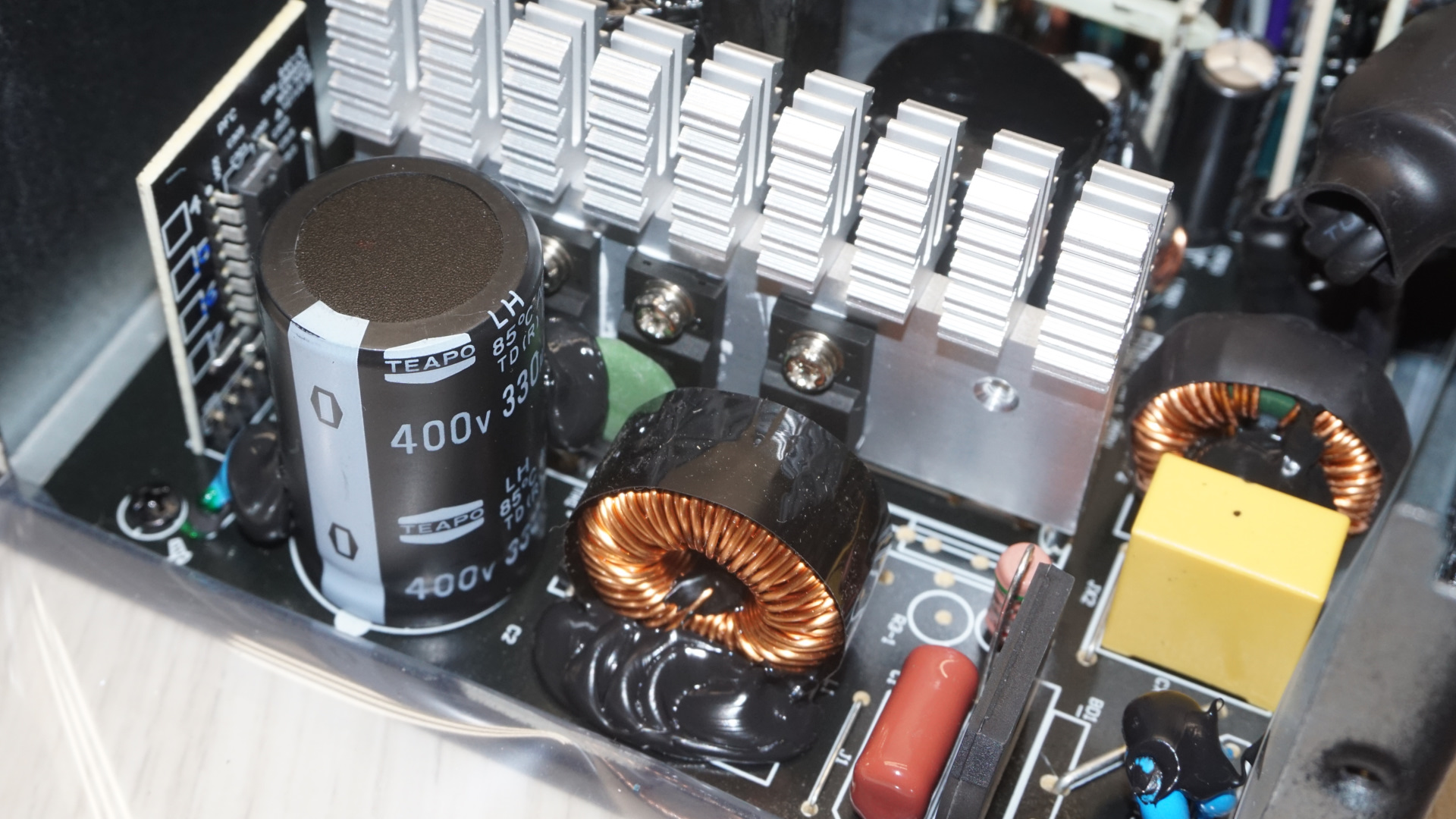
The secondary side implementation reveals the fundamental upgrade HEC applied to their decades-old platform design: the inclusion of DC-to-DC conversion circuitry for the minor voltage rails. This represents the essential modernization that distinguishes this iteration from its now-ancient predecessors, where group regulation topology once handled all voltage rails. The DC-to-DC circuits allow the 3.3V and 5V rails to maintain independent regulation regardless of load distribution across different rails, providing more stable voltage delivery for modern computing loads that place increasingly asymmetric demands on different voltage rails. This upgrade demonstrates HEC's effort to keep their aging platform relevant for modern applications, even if the underlying architecture remains largely unchanged from designs that debuted over a decade ago.
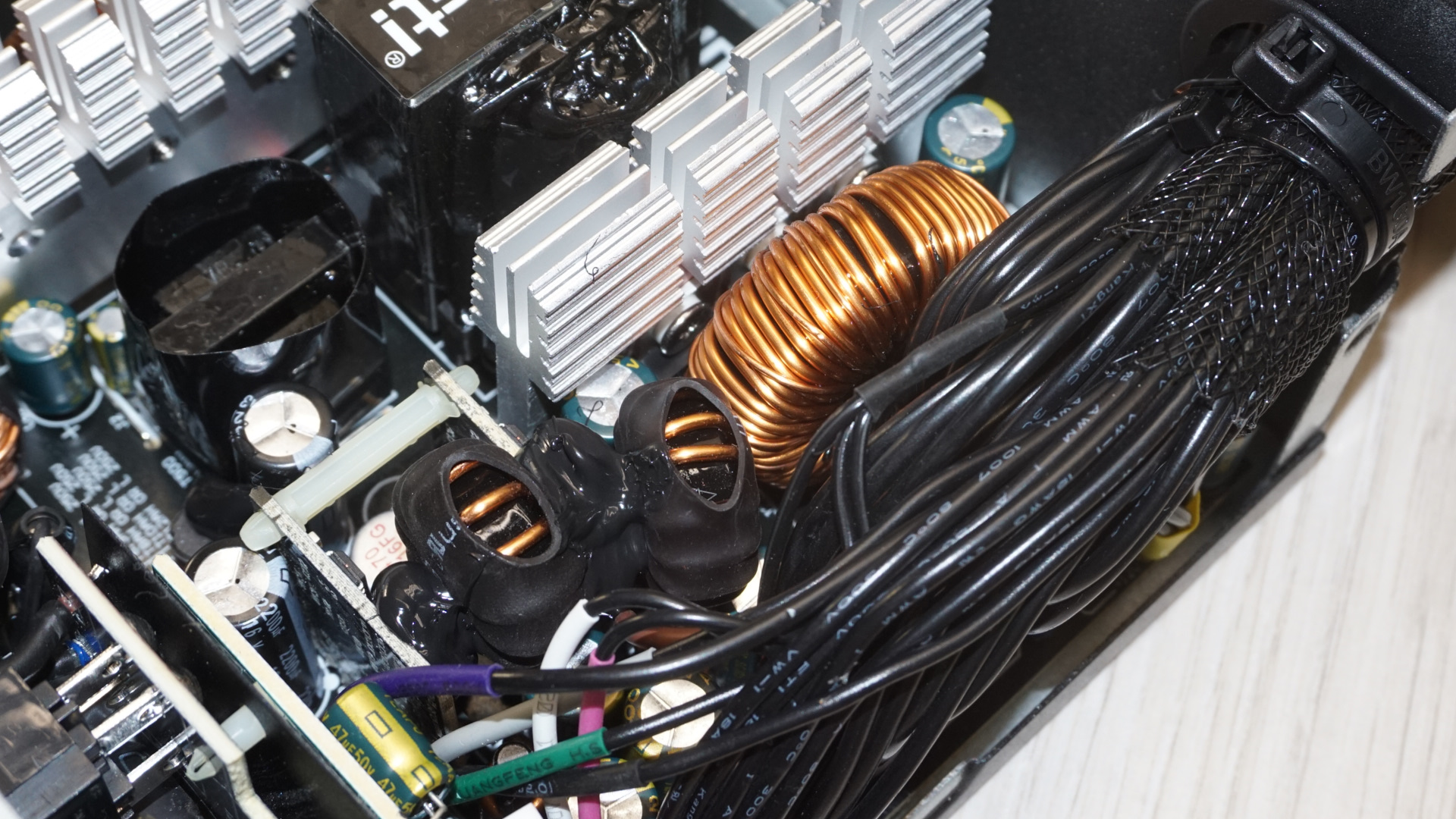
Six secondary side MOSFETs handle the 12V rail's synchronous rectification duties, marked as PFR30L60CT. These mount on a sizable heatsink positioned immediately after the main transformer, providing adequate thermal management for the switching components. The secondary side capacitors are supplied entirely by Teapo, all rated for 105 degrees Celsius operation. The capacitor choice here represents a pragmatic decision: Teapo does not command the prestige of Japanese manufacturers like Nippon Chemi-Con or Rubycon, but they have established a proven reliability record in budget and mainstream applications over many years.
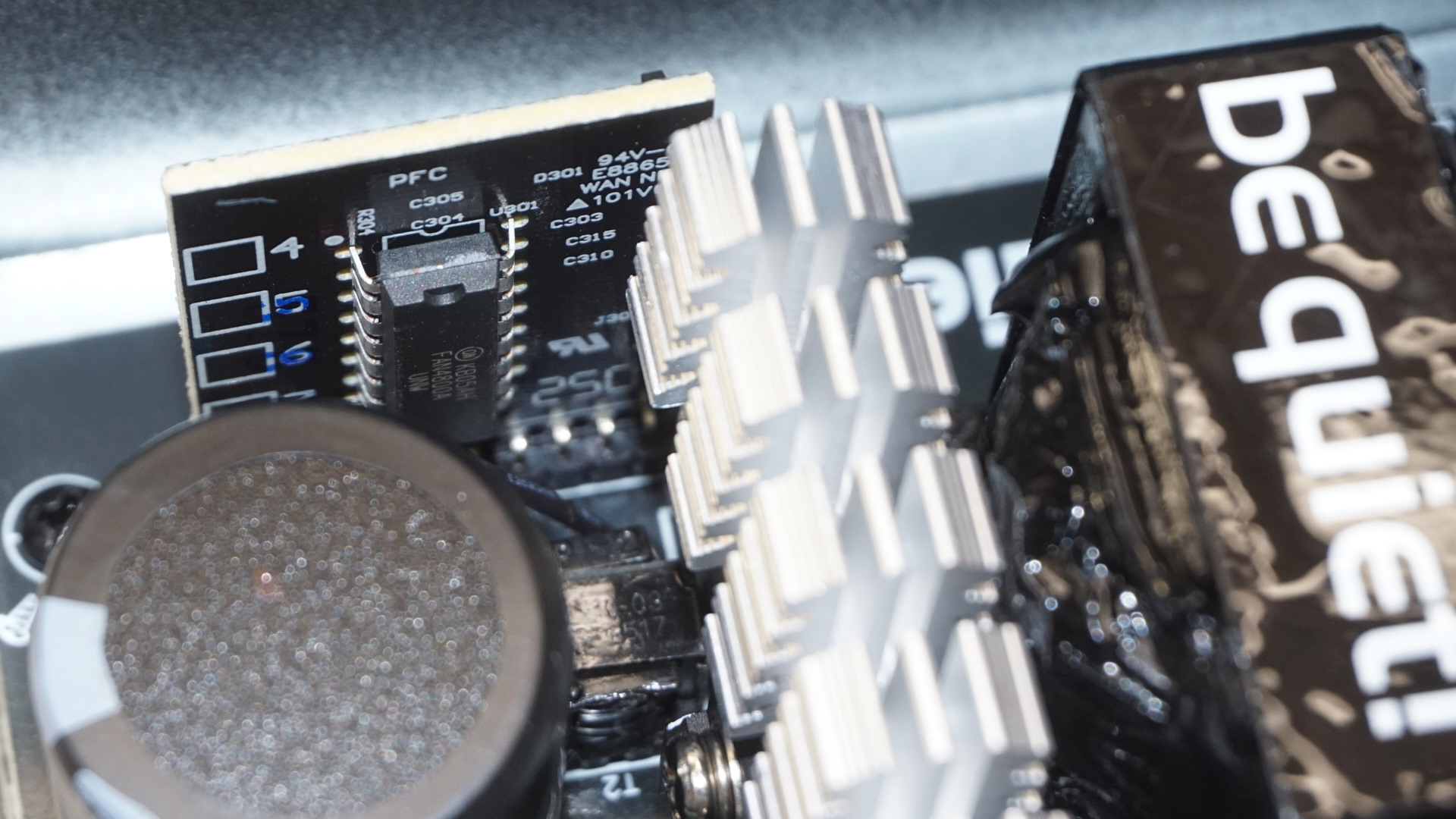
Cold Test Results
Cold Test Results (25°C Ambient)
For the testing of PSUs, we are using high precision electronic loads with a maximum power draw of 2700 Watts, a Rigol DS5042M 40 MHz oscilloscope, an Extech 380803 power analyzer, two high precision UNI-T UT-325 digital thermometers, an Extech HD600 SPL meter, a self-designed hotbox and various other bits and parts.
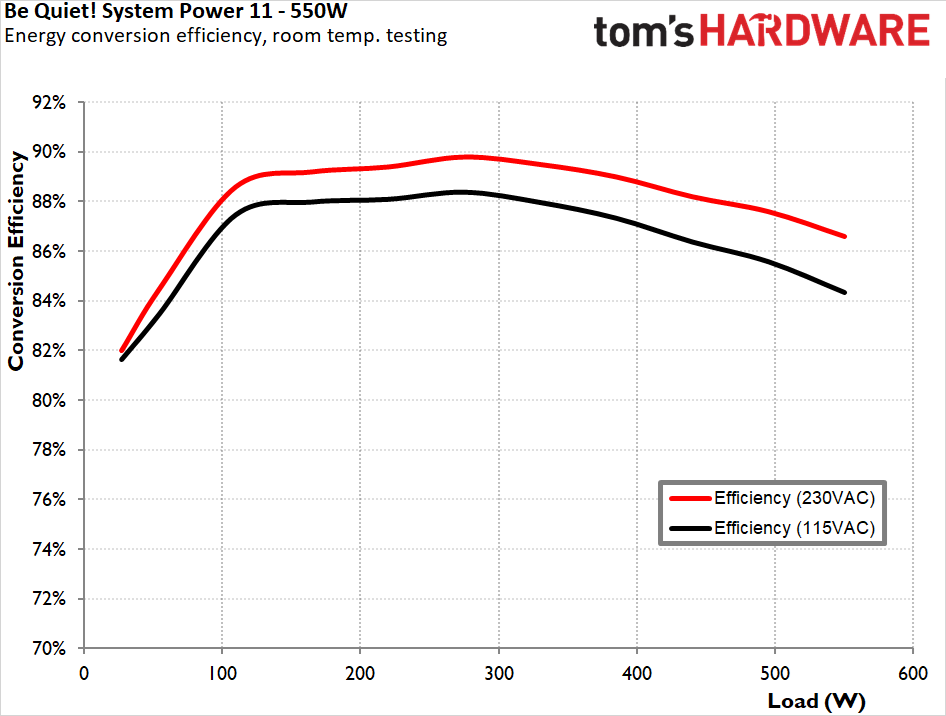
During cold testing, the Be Quiet! System Power 11 demonstrated respectable efficiency performance that comfortably meets its 80 Plus Bronze certification requirements. At 115 VAC input voltage, the unit achieved an average nominal load efficiency of 86.7% across the 10% to 100% load range, while 230 VAC input improved performance to 88.2%. These figures place the unit solidly within Bronze certification parameters, though they trail more efficient designs by several percentage points. The efficiency curve exhibits typical characteristics, peaking at approximately 50% load, where most power supplies achieve their optimal performance due to the inherent characteristics of switching PSU topologies. Low load efficiency proves reasonable for a unit in this market segment, suggesting that users running basic systems will benefit from acceptable power conversion characteristics even during idle or light usage scenarios. The unit does not carry any Cybenetics certification.
The fan behavior during cold testing proved exemplary, maintaining low rotational speeds across most of the load spectrum and becoming audible only when the unit approached heavily loaded conditions exceeding 80% capacity. The thermal performance under normal ambient temperatures proves more than adequate for typical desktop computer environments, with internal temperatures remaining well within reasonable limits during sustained operation.
Hot Test Results
Hot Test Results (~45°C Ambient)
Elevated ambient temperatures reveal the System Power 11's thermal limitations and the age of its underlying platform design. Under hot testing conditions that simulate poor ventilation and/or very warm climate operation, average nominal load efficiency drops precipitously to 85.0% at 115 VAC and 86.5% at 230 VAC. This represents significant performance degradation that suggests thermal stress within the design, with efficiency losses of approximately 1.7% compared to cold testing conditions. This degradation proves more severe than observed in modern platforms utilizing more thermally robust components and advanced topologies.
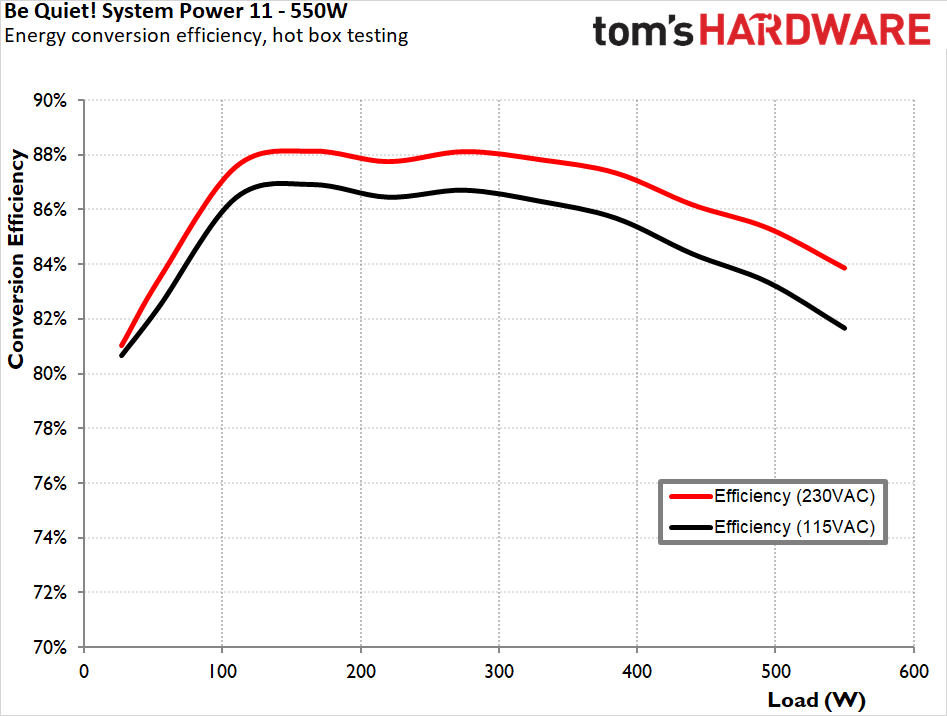
The fan responds more aggressively under elevated ambient conditions, ramping up rotational speed earlier in the load curve and approaching maximum RPM during sustained high-load operation. However, the relatively modest 1650 RPM maximum speed means the unit never becomes excessively loud even under worst-case thermal conditions. The acoustic profile transitions from virtually silent at low loads to audible but not intrusive at high loads, maintaining Be Quiet!'s acoustic performance standards even when thermally stressed. Internal temperatures remain within safe operational margins.
PSU Quality and Bottom Line
Power Supply Quality
The Be Quiet! System Power 11 delivers commendable electrical performance that exceeds expectations for its budget market positioning and aged platform architecture. Voltage ripple filtering proves quite good for a unit in this price category, with maximum ripple levels of 48 mV on the 12V rail, 30mV on the 5V rail, and 30 mV on the 3.3V rail. These measurements fall comfortably within acceptable industry standards and well below the typical thresholds where ripple begins causing system instability or component stress.
Voltage regulation across all rails proves fair given the aged platform architecture, though it trails the tighter regulation possible by a modest margin. The primary 12V rail maintains 1.7% regulation across the load range, while the secondary 5V and 3.3V rails achieve 2.1% and 2.0% regulation respectively. These figures represent acceptable performance, delivering notably better regulation than the group-regulated designs of the past and are entirely adequate for modern computing applications.
Swipe to scroll horizontally
Load (Percent) | 20.21% | Row 0 - Cell 2 | 50.23% | Row 0 - Cell 4 | 74.82% | Row 0 - Cell 6 | 99.35% | Row 0 - Cell 8 |
| Row 1 - Cell 0 | Amperes | Volts | Amperes | Volts | Amperes | Volts | Amperes | Volts |
3.3 V | 1.74 | 3.36 | 4.34 | 3.33 | 6.52 | 3.31 | 8.69 | 3.29 |
5 V | 1.74 | 5.08 | 4.34 | 5.04 | 6.52 | 5.01 | 8.69 | 4.97 |
12 V | 7.96 | 12.12 | 19.91 | 12.05 | 29.87 | 11.96 | 39.82 | 11.92 |
Swipe to scroll horizontally
| Row 0 - Cell 0 | Row 0 - Cell 1 | 20% Load | 50% Load | 75% Load | 100% Load | CL1 12V | CL2 3.3V + 5V |
3.3V | 2% | 18 | 16 | 22 | 30 | 20 | 26 |
5V | 2.1% | 18 | 14 | 24 | 30 | 20 | 30 |
12V | 1.7% | 16 | 20 | 32 | 48 | 36 | 22 |
During our thorough assessment, we evaluate the essential protection features of every power supply unit we review, including Over Current Protection (OCP), Over Voltage Protection (OVP), Over Power Protection (OPP), and Short Circuit Protection (SCP). All protection mechanisms were activated and functioned correctly during testing.
The Over Current Protection triggers at appropriate thresholds: 135% for the 3.3V rail, 132% for the 5V rail, and 115% for the 12V rail. These settings prove well-calibrated, providing adequate headroom for transient loads while protecting against sustained overcurrent conditions that could damage components. The OPP activates at 116% under hot test conditions, which represents a reasonable threshold that allows brief power excursions while preventing sustained operation beyond the unit's design capabilities. All protection features function sharply without excessive delay or hunting behavior, suggesting proper tuning of the protection circuitry parameters.
Bottom Line
The Be Quiet! System Power 11 550W occupies a nuanced position in today's competitive power supply landscape, successfully delivering fundamental reliability and modern connectivity while making necessary compromises to achieve its accessible price point. The unit succeeds in its primary mission of providing stable, quiet power delivery with adequate efficiency certification. However, it cannot escape the inherent limitations of its decade-old platform architecture and budget-oriented component selection. HEC's platform engineering proves thoroughly competent if unremarkable, delivering electrical performance that meets industry standards while avoiding the concerning issues that have plagued some truly budget power supply designs. The company's decades of manufacturing experience become evident in the refined nature of this aged platform.
The electrical performance may not impress enthusiasts accustomed to premium units, but it proves entirely adequate for typical desktop computing applications. The assembly quality deserves particular praise, with excellent soldering work, proper component placement, and attention to manufacturing details that suggest HEC takes pride in their work despite the budget nature of this product. Thermal performance under elevated ambient conditions reveals the limitations of both the component selection and platform age, with efficiency degradation and increased noise levels indicating thermal stress within the design. More efficient platforms handle elevated temperatures with less performance degradation. However, the unit maintains stable operation throughout testing without exhibiting dangerous behaviors or protection failures, demonstrating that the design remains fundamentally sound even when pushed beyond its comfort zone. The inclusion of a 12V-2x6 connector demonstrates forward-thinking product planning and provides genuine value for builders planning to use modern graphics cards. However, the 300-watt power limitation is immediately restrictive. This represents a pragmatic compromise given the unit's overall power output and thermal capabilities. The connector will serve adequately for less powerful graphics cards or potentially more efficient future GPU generations, providing reasonable futureproofing for mainstream builds.
The five-year warranty provides adequate peace of mind for budget-conscious builders, though it falls short of the seven-year or even ten-year periods offered by premium alternatives. This warranty duration aligns appropriately with the unit's market positioning and expected use cases, suggesting Be Quiet! has confidence in the platform's reliability without making unrealistic promises about longevity. The current retail price of approximately $ 70 or € 60 represents a reasonable value for a unit with this feature set and performance profile, particularly given the inclusion of the 12V-2x6 connector that many competing Bronze-level units still lack. However, availability proves problematic in the United States market, where the unit faces stock shortages and inflated pricing when available. European buyers enjoy better availability and more favorable pricing, making the System Power 11 a more compelling proposition in those markets.
For budget-conscious builders assembling mainstream systems for office work, casual gaming with mid-range graphics cards, or general computing applications, the System Power 11 provides adequate service with the reassurance of Be Quiet!'s reputation behind it. The unit proves particularly well-suited for typical home and office computers that will not stress the aging platform with extreme loads or thermal conditions. However, enthusiasts planning high-performance builds, overclockers, or users intending to install power-hungry flagship graphics cards would benefit from considering alternatives that offer superior thermal performance, more modern platform architecture, and enhanced long-term reliability prospects. The System Power 11 delivers honest performance for its market segment without pretending to be something it is not, making it a reasonable choice for appropriate applications while acknowledging its clear limitations.
MORE: Best Power Supplies
MORE: How We Test Power Supplies
MORE: All Power Supply Content

 8 hours ago
6
8 hours ago
6
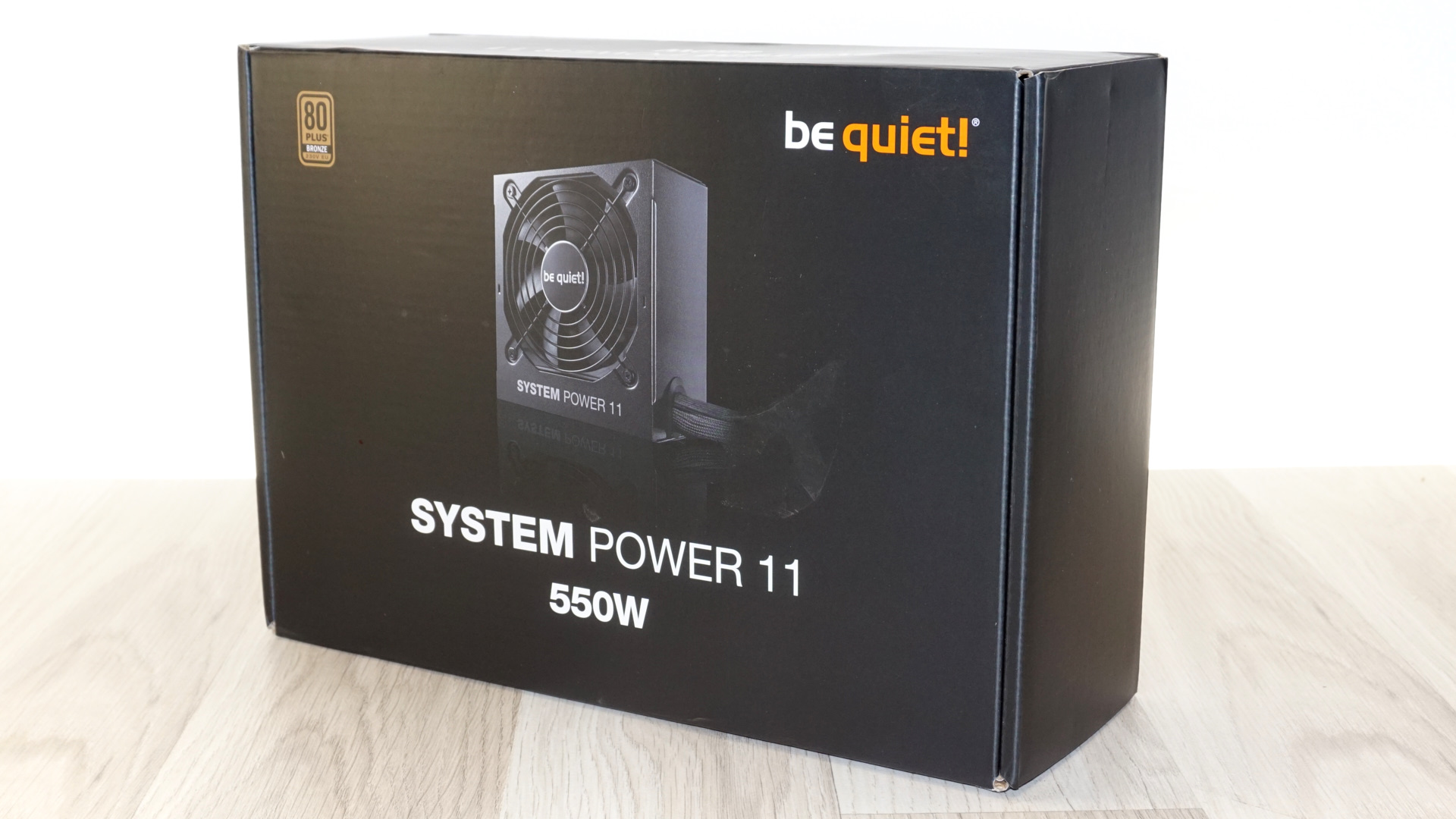
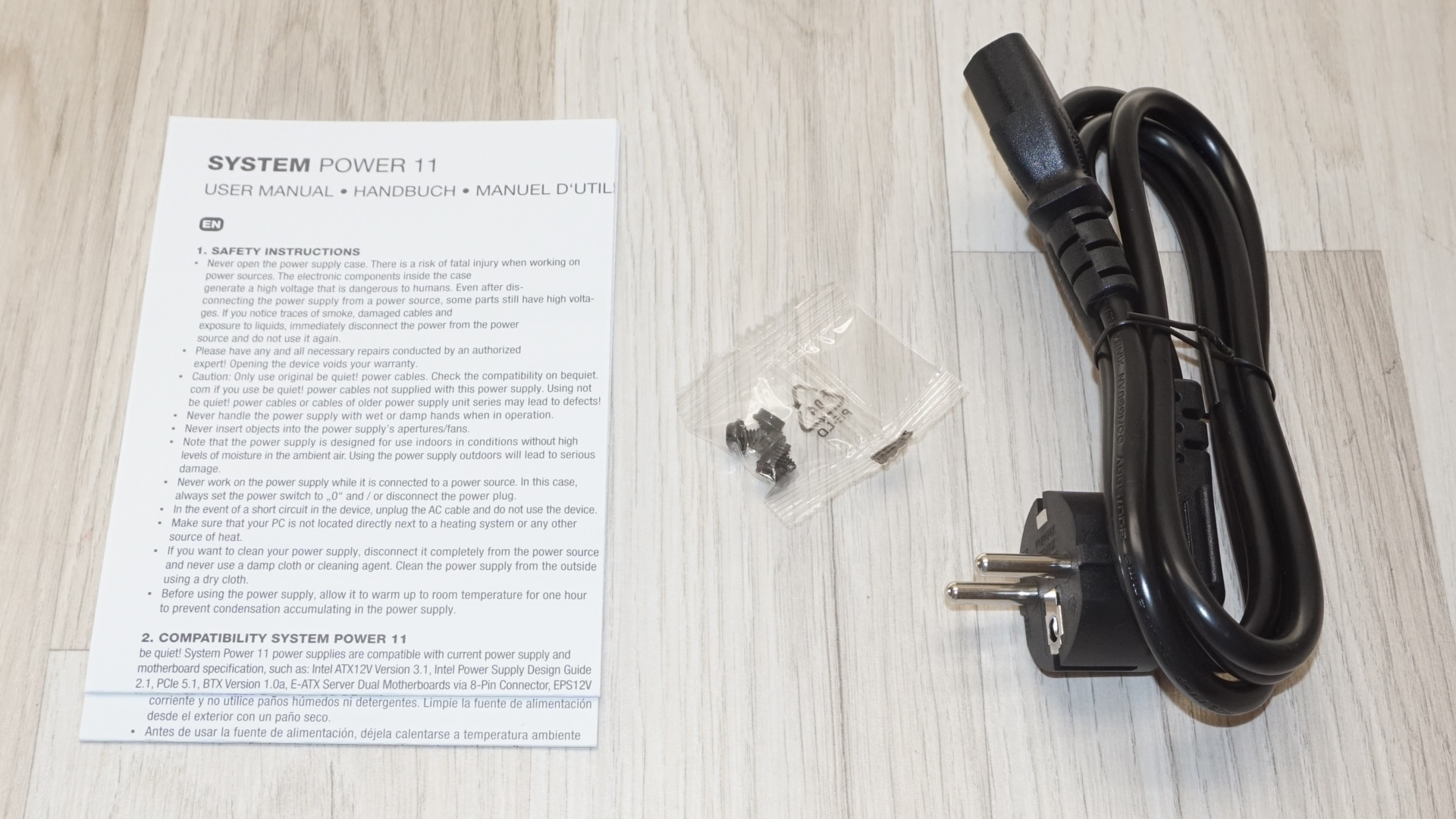
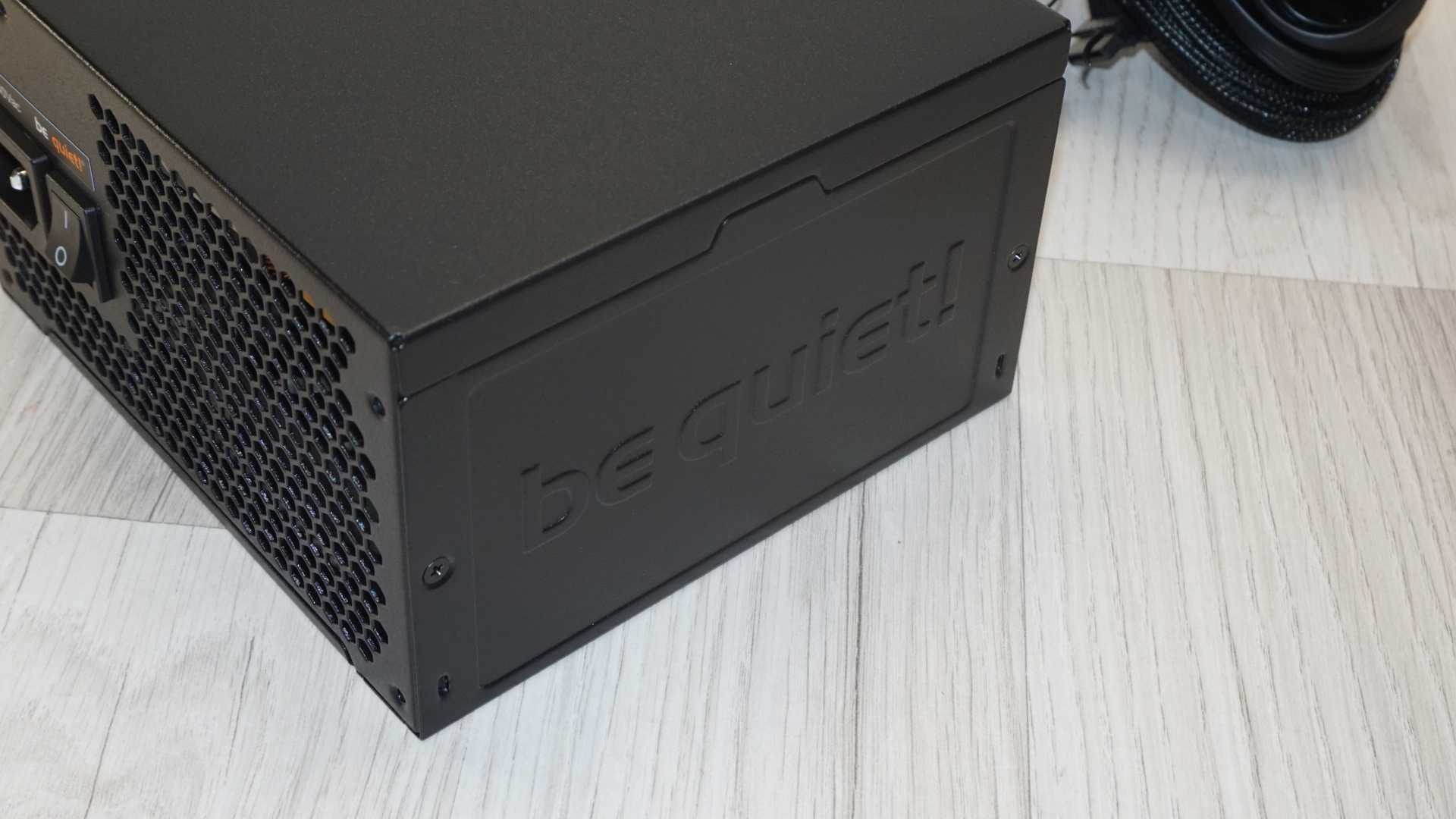
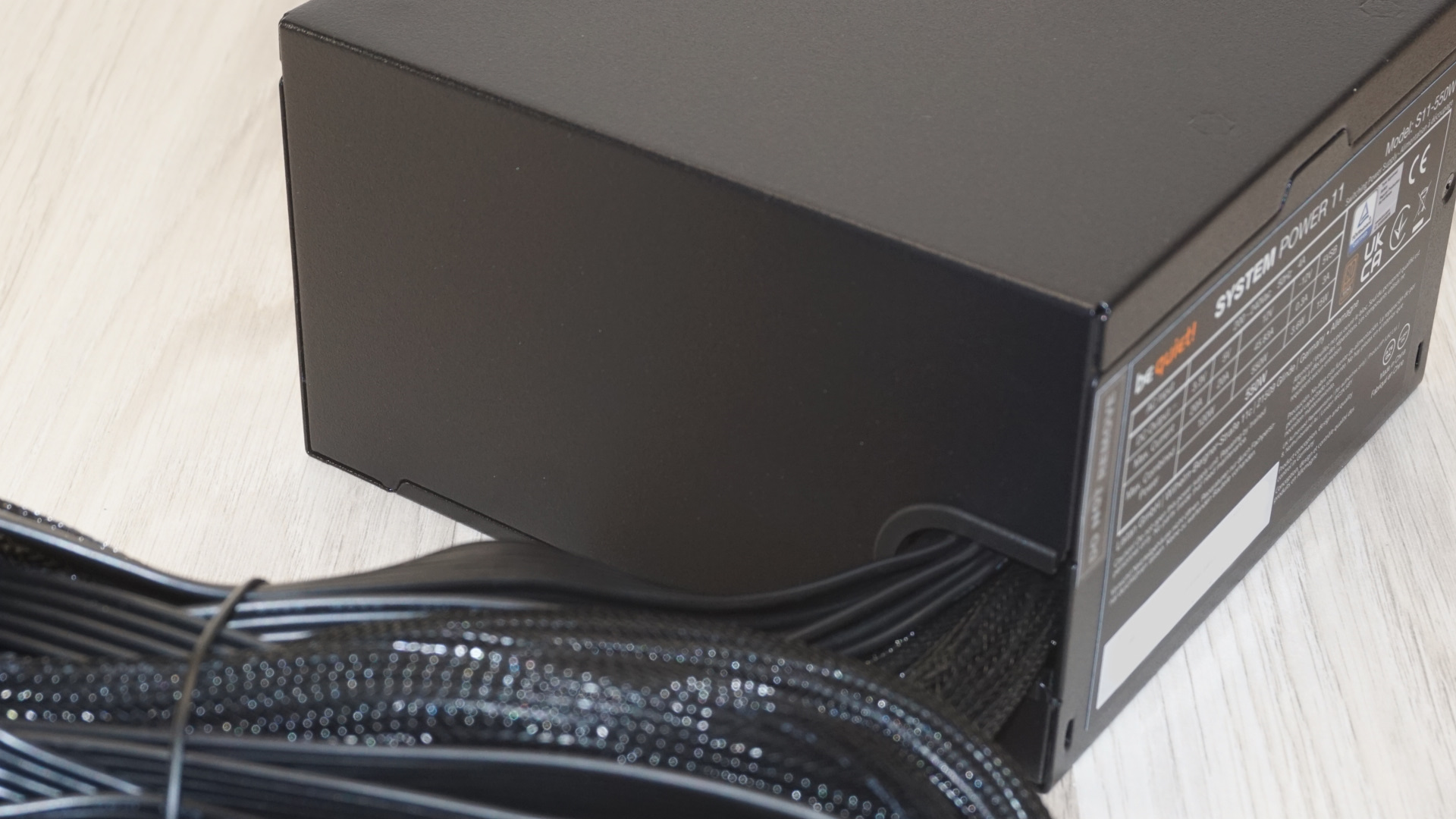
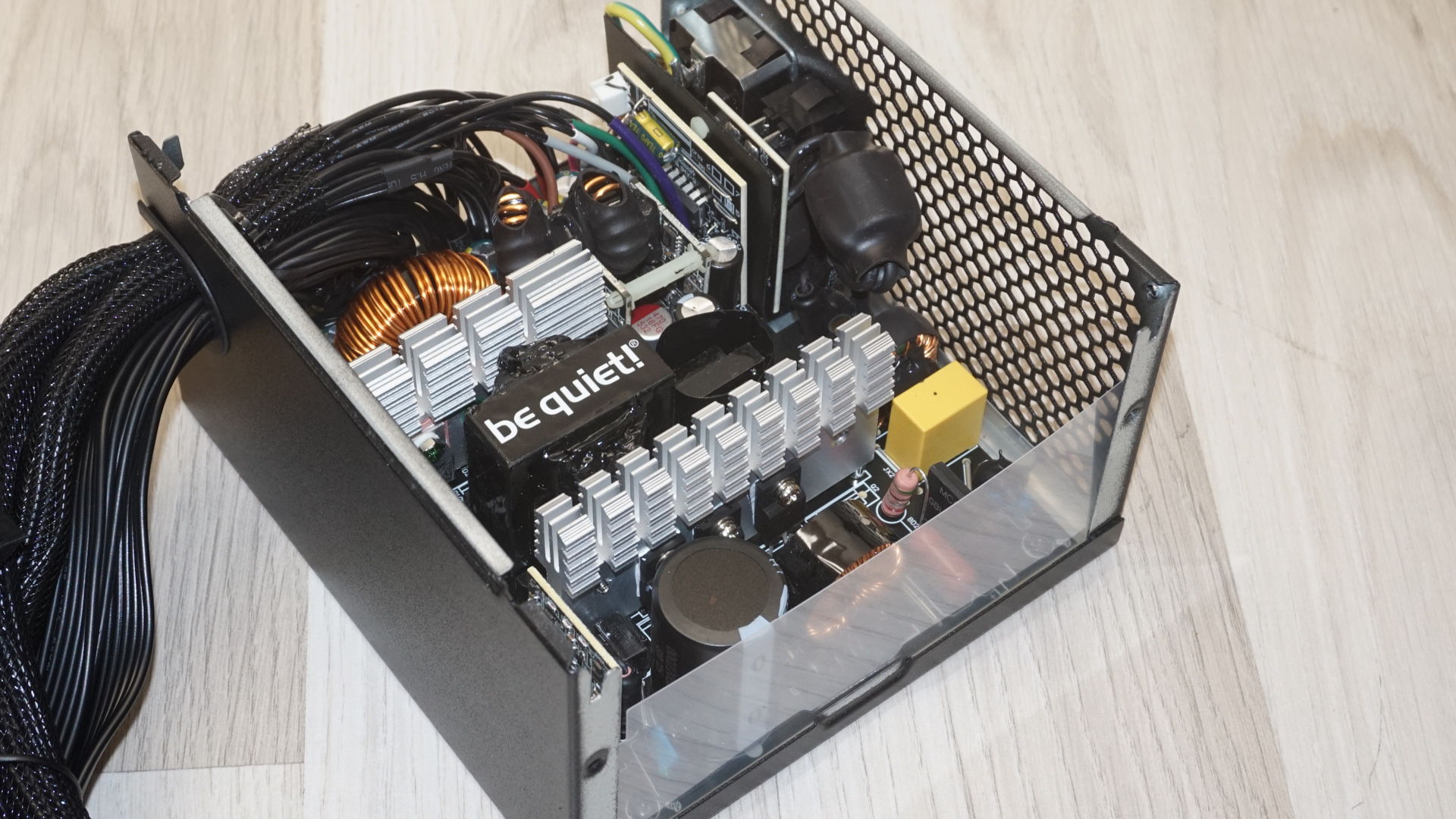
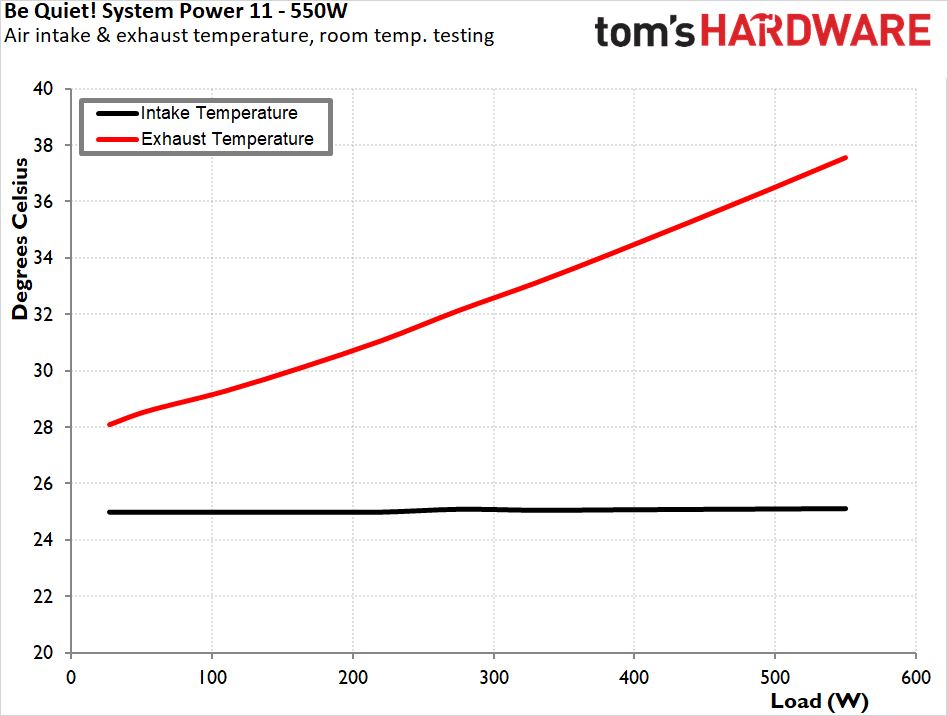
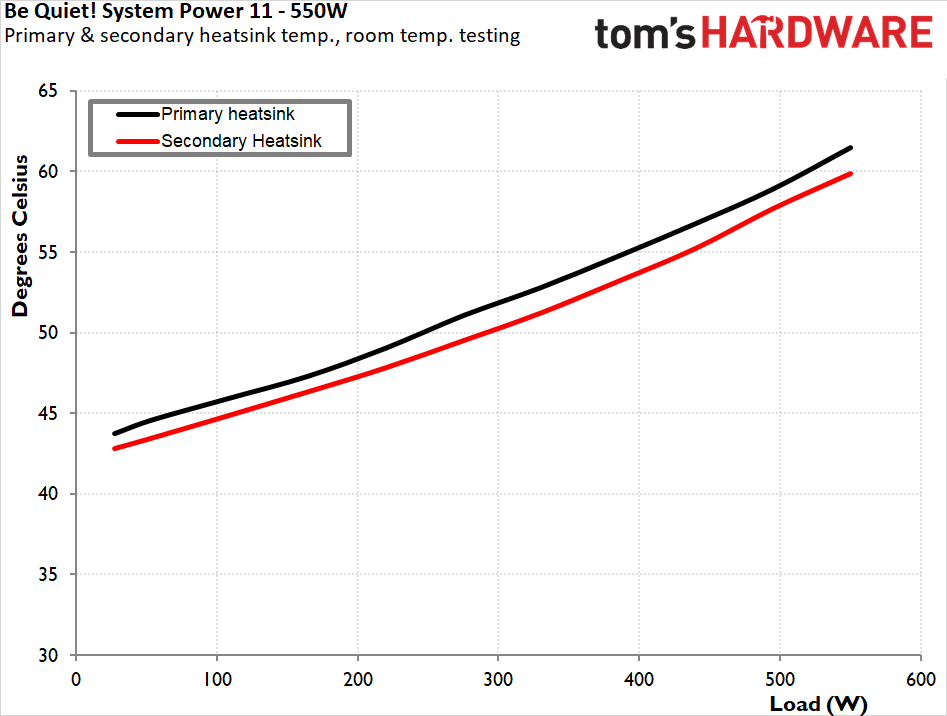
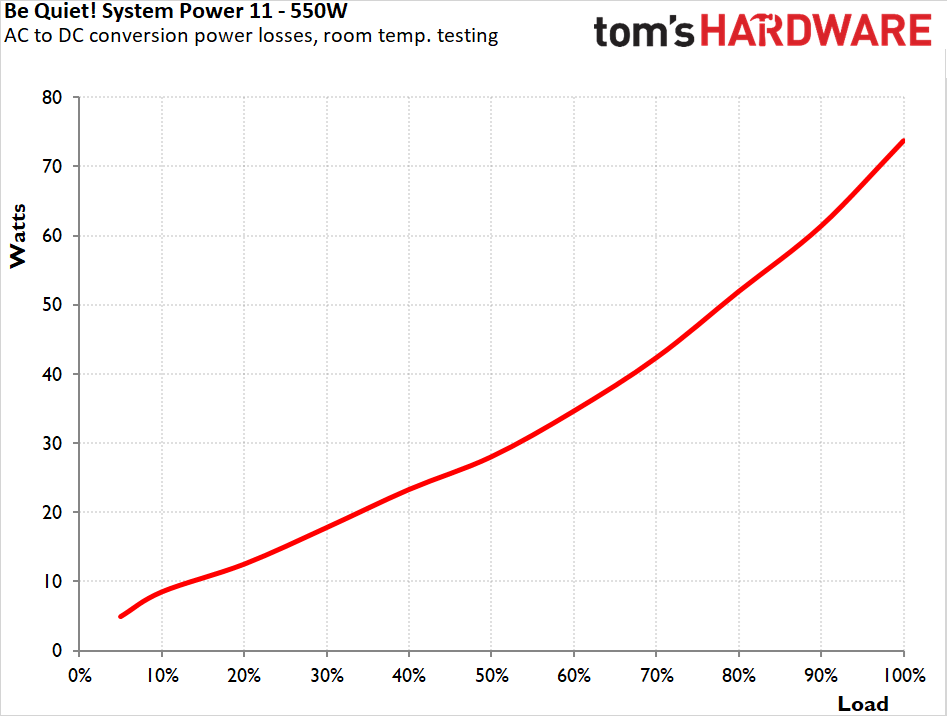
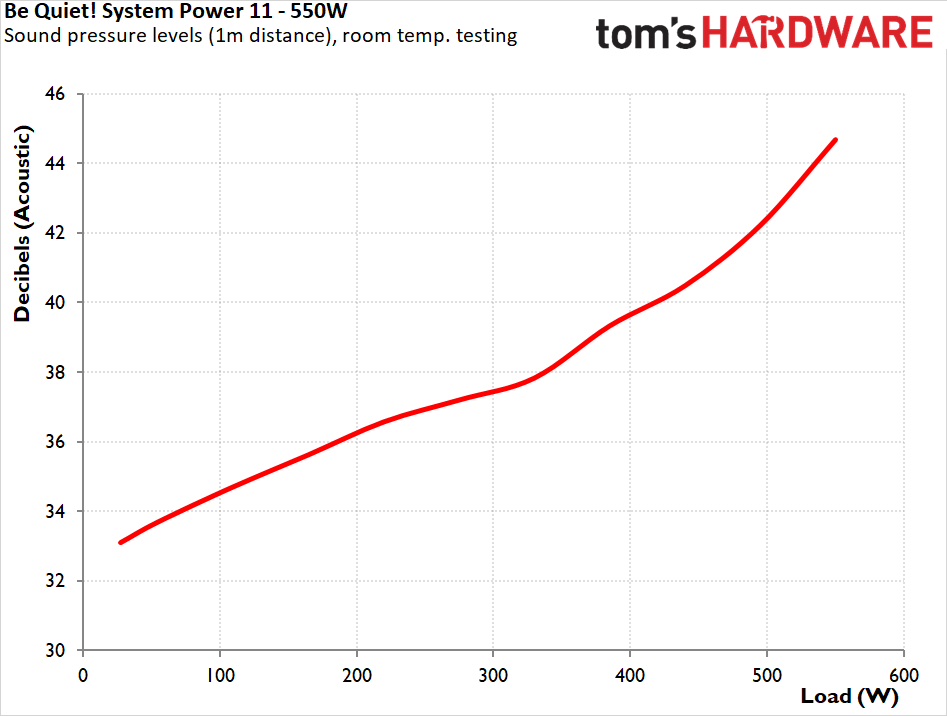
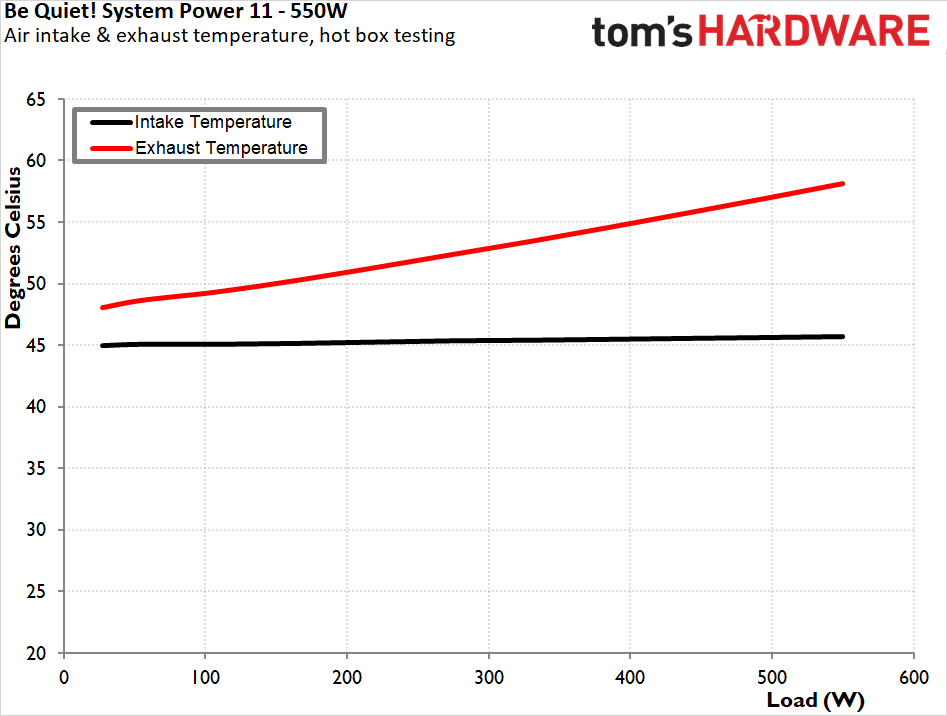
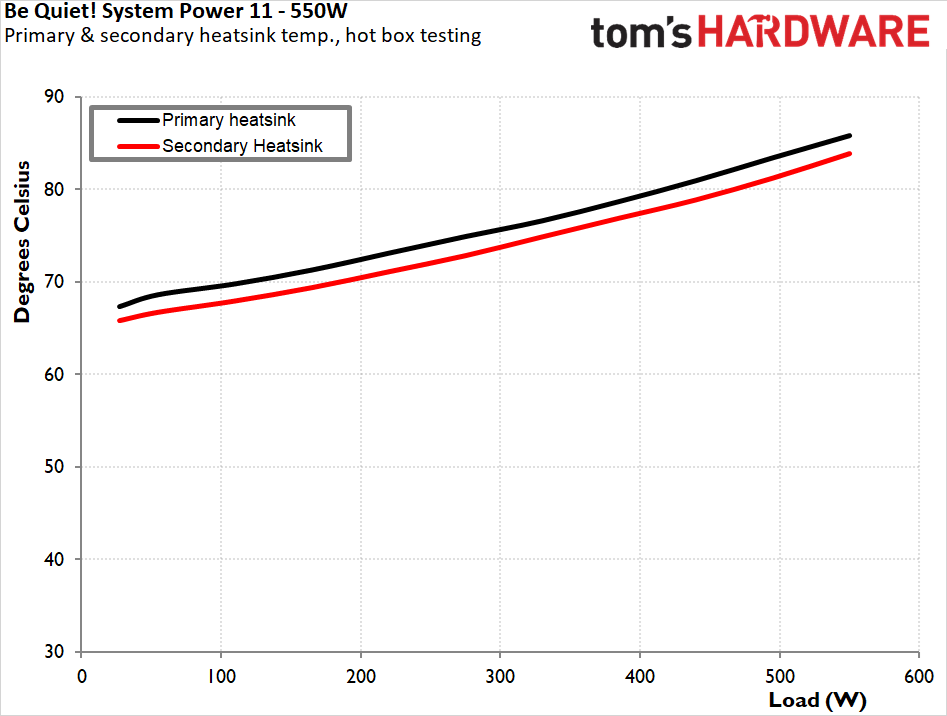
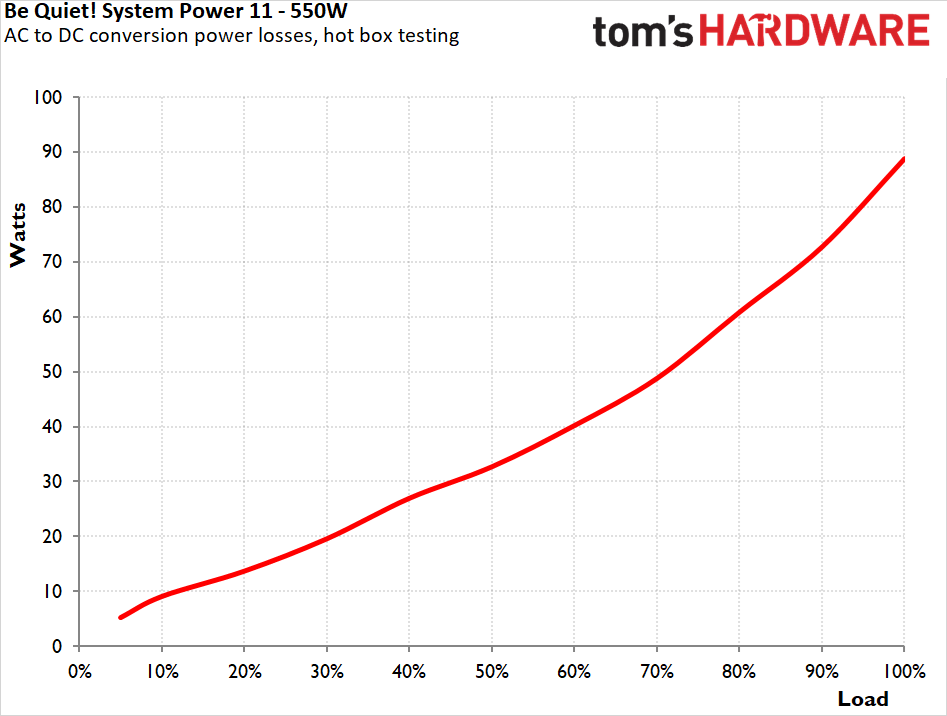
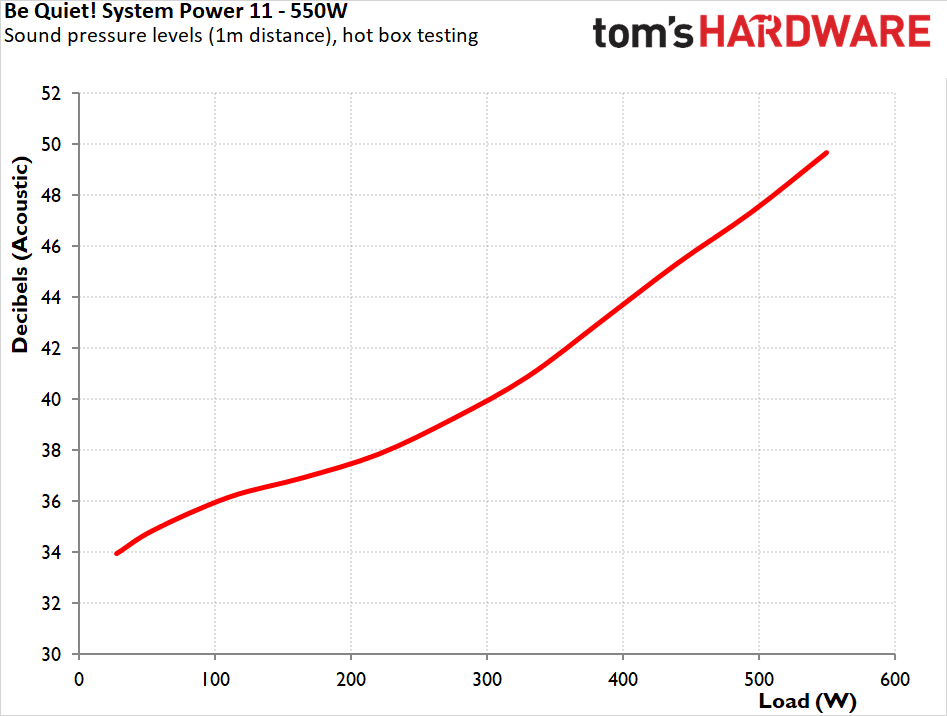
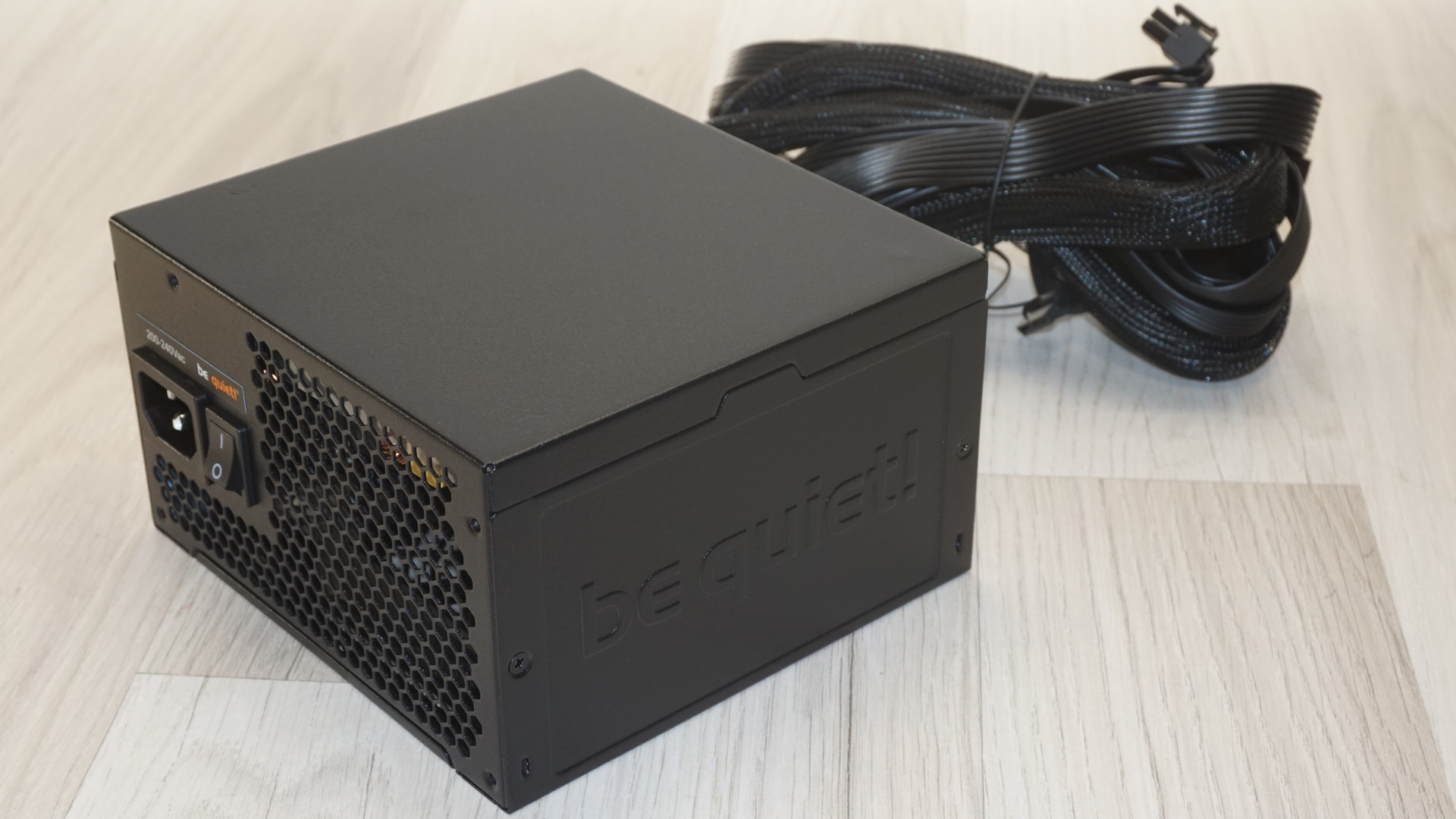
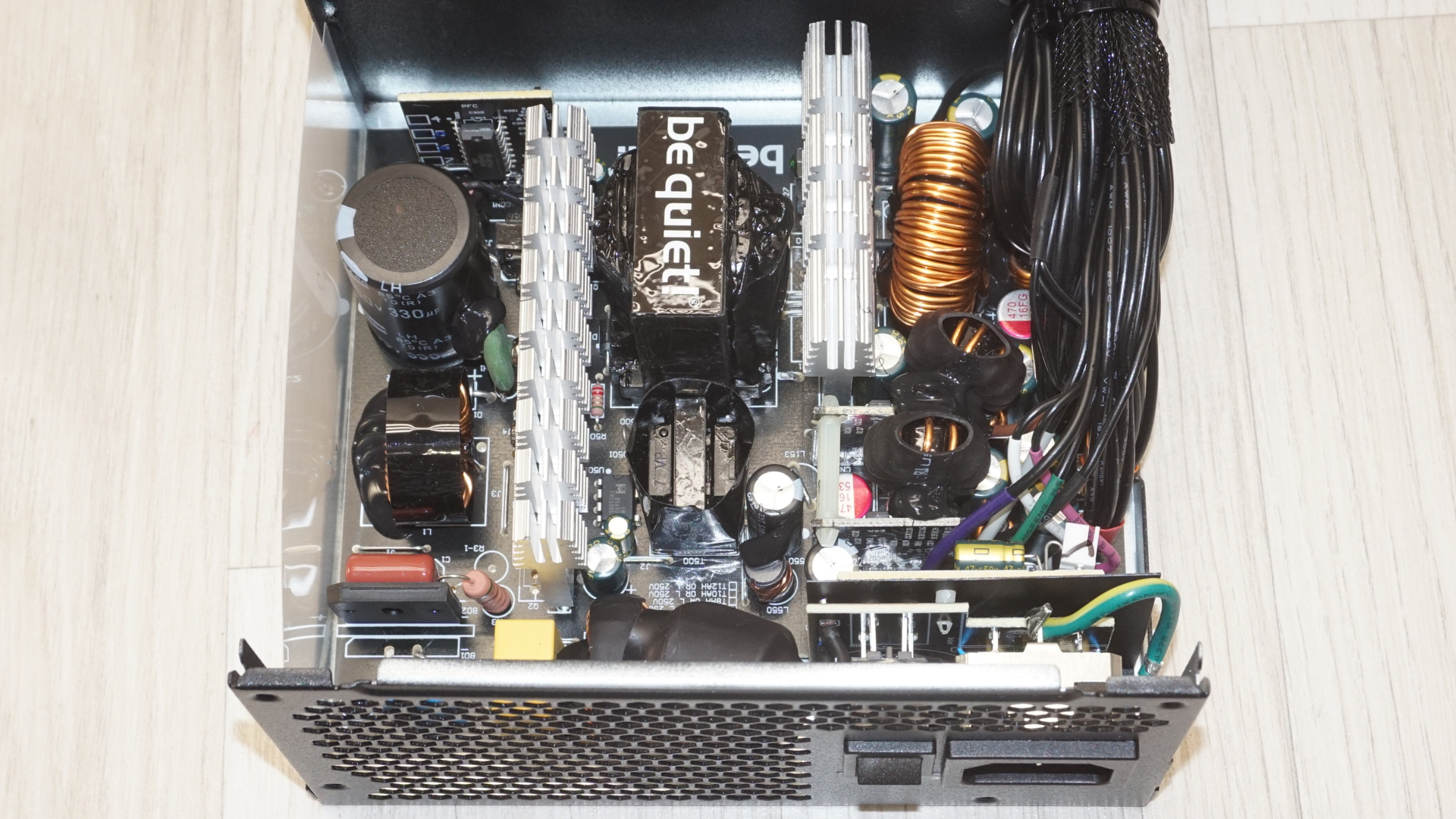

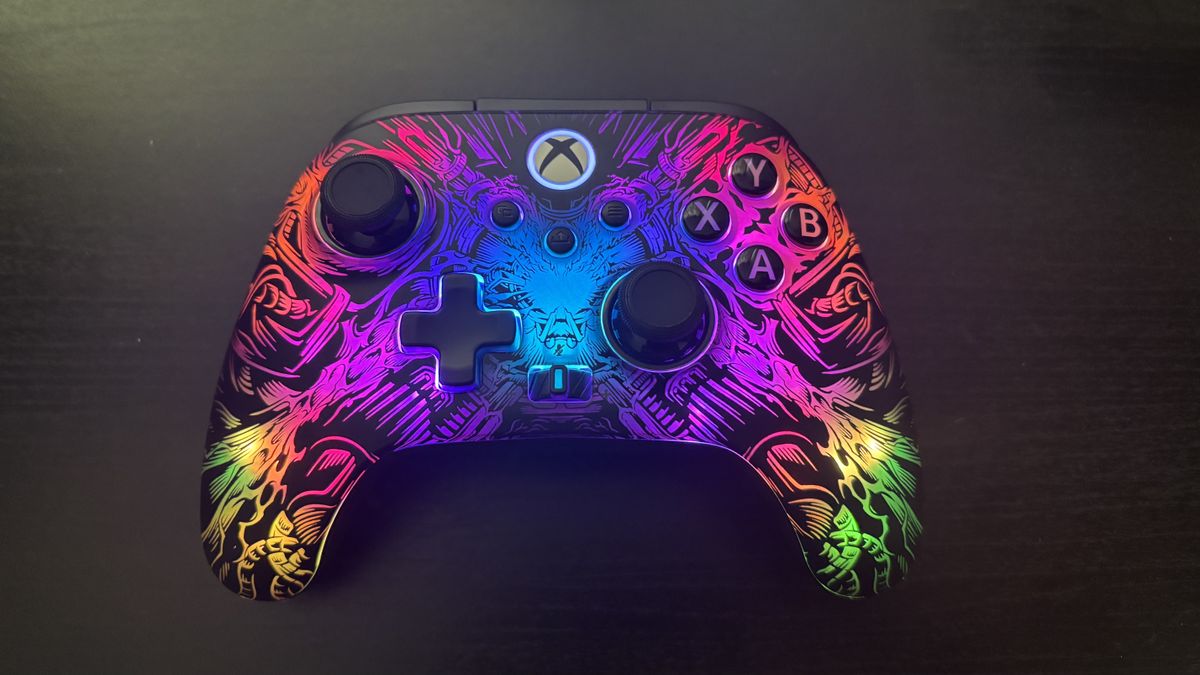
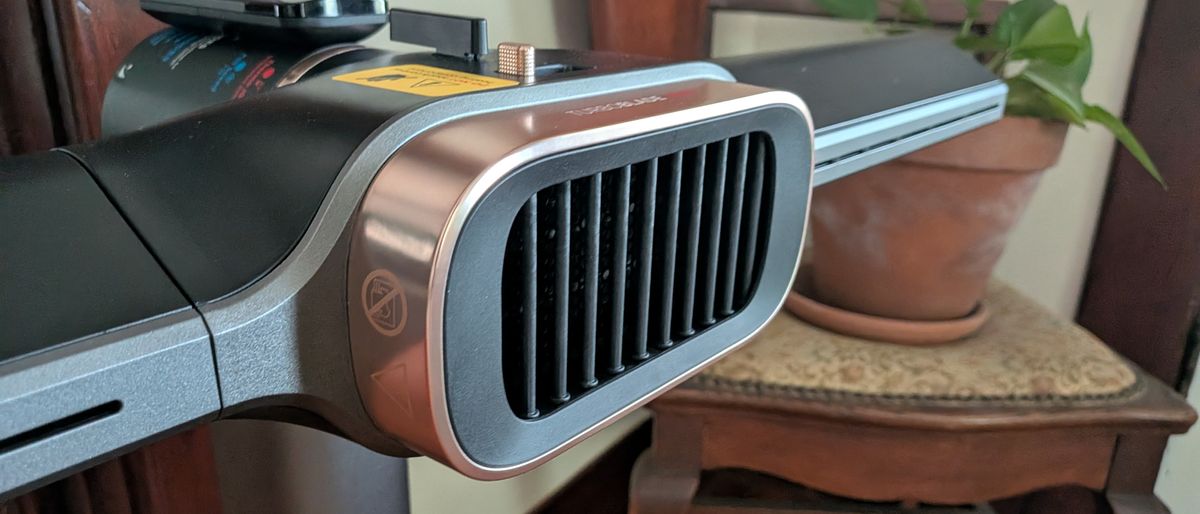
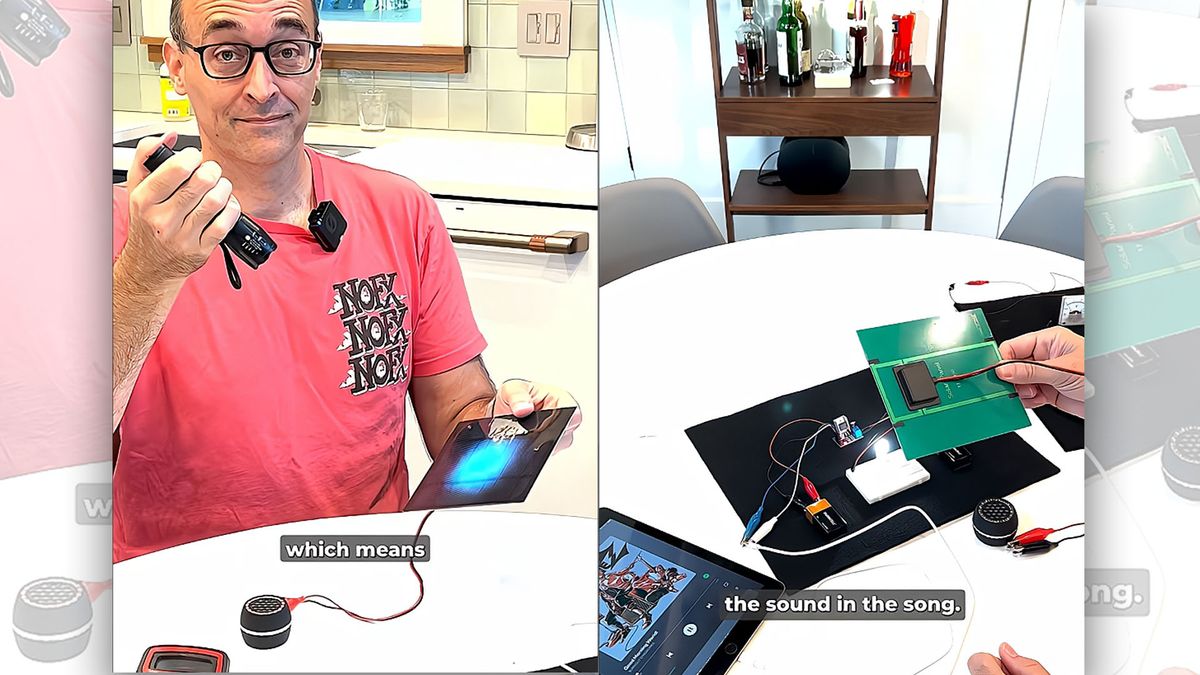






 English (US) ·
English (US) ·